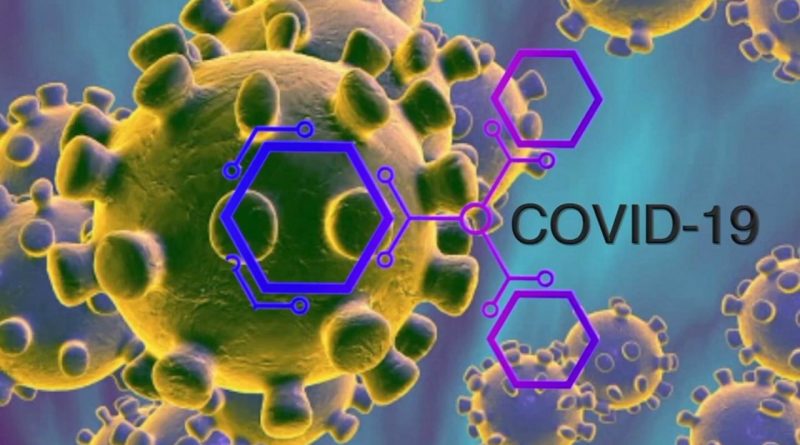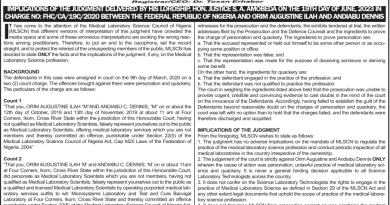NATIONAL GUIDELINES FOR THE TESTING OF SARS-COV-2 INFECTION
Introduction to COVID-19 – COVID-19 is a respiratory disease caused by infection with Severe Acute Respiratory Syndrome-Corona Virus-2 (SARS-CoV-2). The disease initially was zoonotic but it is transmitted subsequently from human to human. Transmission is through droplets and fomites during close unprotected contacts between an infector and infectee. These droplets emanating from the nostrils and the mouth of the infector passes through the nose and/ or the oral route of the infectee. The virus finds its way into the lungs and establishes infection. Contaminated hands are responsible for depositing the virus either orally or into the nostrils.
Immunological response to and Markers of infection by the virus – After infecting the cells of the lungs, immunological response is initiated by the host to fight the virus. One of the immunological responses is the production of immunoglobulins to neutralize the viral antigens. The first immunoglobulin to be produced at test detectable level is immunoglobulin M (IgM). This is followed by immunoglobulin G (IgG). IgM may be detected at the third day of the viral infection in blood and may persist to day 12. IgG may become detectable about day 6 of the infection. Specific IgG and IgM against the virus can be used as markers of SARS-CoV-2 infection.
Laboratory test for COVID-19 – Laboratory testing of infection caused by SARS-CoV-2 includes demonstration of the presence of the viral RNA by RT-PCR and viral antigens by antigen-antibody reaction system. Specimens for the two analyses are nasopharyngeal swabs and sputum. The other markers of SARS-CoV-2 are IgM and IgG which can be detected through antigen-antibody reaction systems. Kits exist for RT-PCR and for antigen-antibody reactions with a view to detecting the presence of SARS-CoV-2. For RT-PCR, the system should have sensitivity and specificity of not less than 99% each.
For antigen-antibody detection, the sensitivity and specificity should not be less than 95% using PCR as the standard.
RT PCR
This method detects the viral RNA. It is very sensitive and indicates infection with SARS-CoV-2 when the assay is positive. However, a negative test result does not at all times rule out infection. A negative result may mean the viral density may be below detection limit. RT-PCR assay result will be negative if an infection has run its cause leading to viral clearance.
SARS-CoV-2 IgM
Detectable during the acute phase of the infection.
SARS-CoV-2 IgG
Detected during infection and post recovery from the infection.
Testing Algorithm
RT-PCR – Positive (Release result as positive)
RT-PCR – Negative (Perform test for IgM and IgG)
IgM Positive and IgG Negative (Early infection. Additional RT-PCR required)
IgM Positive and IgG Positive (Early infection. Additional RT-PCR required)
IgM Negative and IgG Positive (Release result. Post infection)
IgM Negative and IgG Negative (Release result. No infection)
DR. TOSAN ERHABOR
Registrar/CEO



